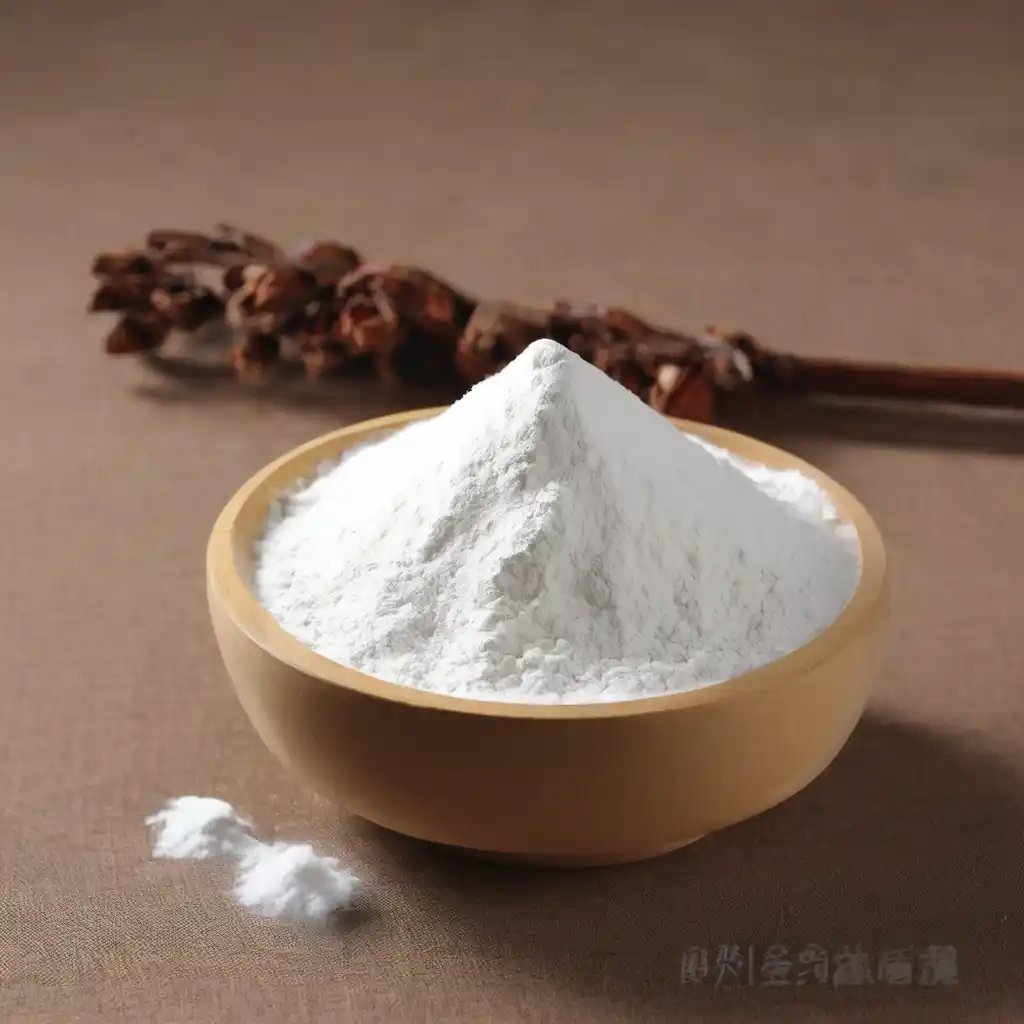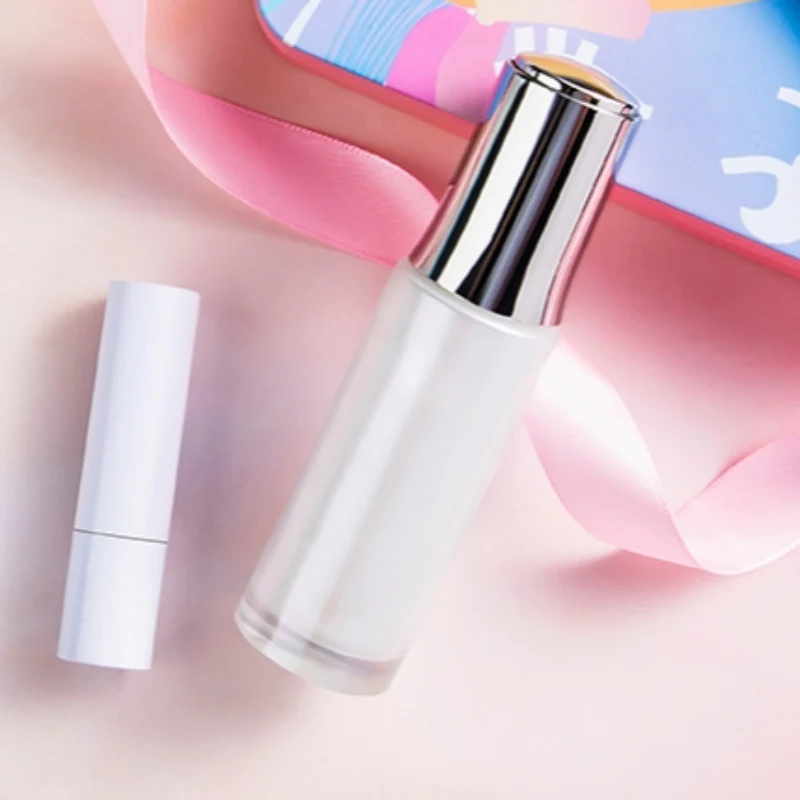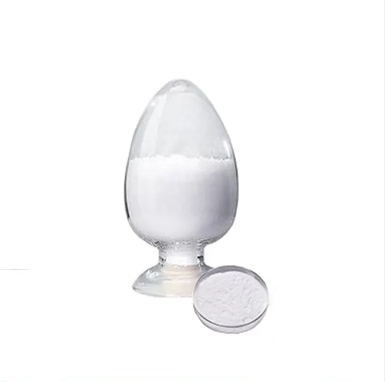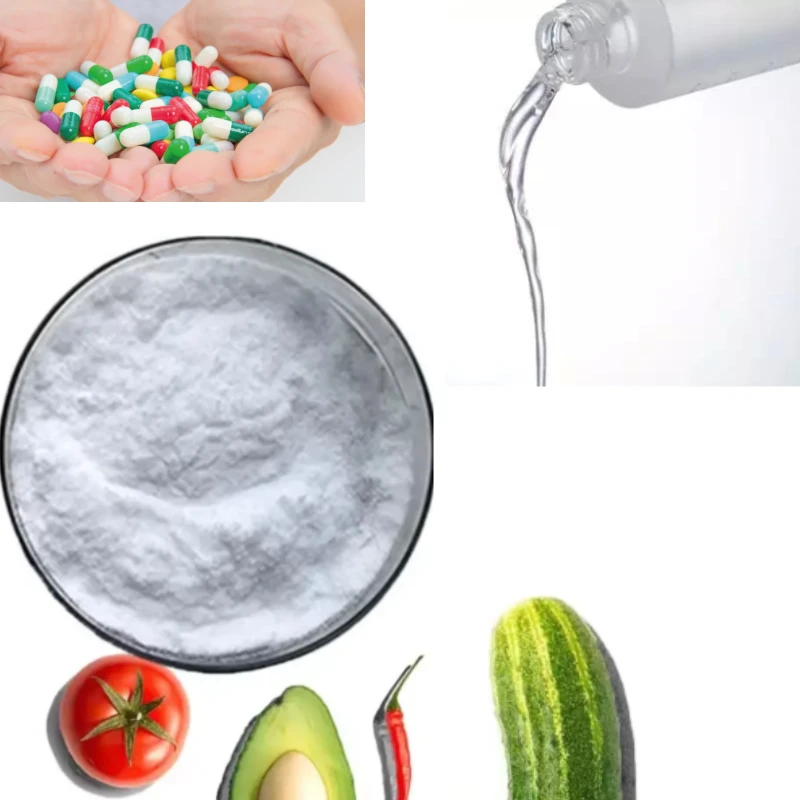Xanthan gum 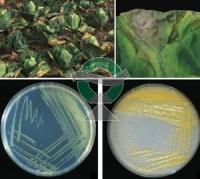 is a kind of polysaccharide, it's common use is as a food additive. The name of xanthan gum is derived from the strain of bacteria, which is used during the fermentation process. Xanthomonas campestris, it is the same bacteria responsible for causing black rot to form on broccoli, cauliflower and other leafy vegetables. The bacteria form a slimy substance, it acts as a natural stabilizer or thickener here. It was developed when the United States Department of Agriculture set a number of experiments involving bacteria and various sugars, to develop a new thickening agent similar to corn starch or guar gum.
is a kind of polysaccharide, it's common use is as a food additive. The name of xanthan gum is derived from the strain of bacteria, which is used during the fermentation process. Xanthomonas campestris, it is the same bacteria responsible for causing black rot to form on broccoli, cauliflower and other leafy vegetables. The bacteria form a slimy substance, it acts as a natural stabilizer or thickener here. It was developed when the United States Department of Agriculture set a number of experiments involving bacteria and various sugars, to develop a new thickening agent similar to corn starch or guar gum.
Xanthan gum is considered a polysaccharide in scientific circles, for it is a long chain of three different forms of sugar. It is important to know is that all three of these natural sugars are present in corn sugar, which is a derivative of the more familiar corn syrup. The xanthomonas campestris bacteria eat parts of this corn sugar under controlled conditions, as well as the digestion process converts the individual sugars into a single substance with properties similar to cornstarch.
Meanwhile, another use for xanthan gum is the stabilization and binding of cosmetic products. One of advantages of xanthan gum is that a little goes an incredibly long way; cosmetic manufacturers only have to add a very small amount of xanthan gum to their cream-based products, to keep the individual ingredients from separating.
Xanthan gum is used in dairy products and salad dressings as a thickening agent and stabilizer; it prevents ice crystals from forming in ice creams, and also provides a "fat feel" in low or no-fat dairy products.
Despite the use of bacteria during processing, xanthan gum itself is not generally harmful to human skin or digestive systems, though some individuals may find they are allergic to it.
Using xanthan gum whenever a gel-like quality is sought. It is used as a substitute for wheat gluten in gluten-free breads, pastas and other flour-based food products. Who suffer from gluten allergies should look for xanthan gum as an ingredient on the label.
Also the xanthan gum could be used in the oil industry. As a thickener, it could be added to drilling fluid or drilling mud to improve its function. Drilling fluid has several uses, including cooling the drill bit, providing hydrostatic pressure, and helping to lift solids out of the borehole and keeping those solids in suspension when drilling stops.

